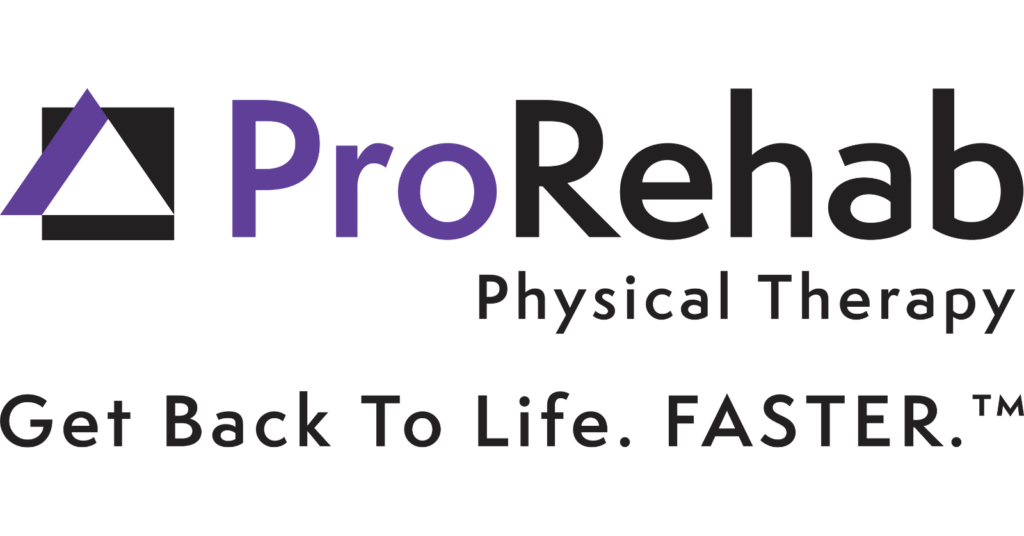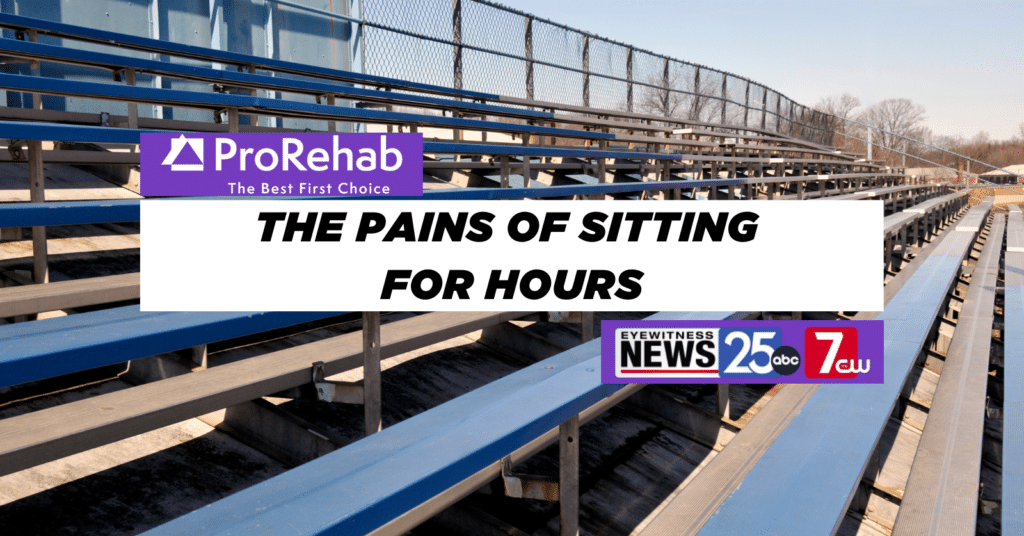Hello all, sorry for the short hiatus. It seems establishing a rhythm with a new baby can be quite difficult. I’m sure I’ll find my stride soon.
I wanted to write another diet article about low carb dieting however I realized that most of the information I would include might go over some folks’ heads. I’m not trying to insult anyone, I just have a tendency to assume people know things and that makes me a poor educator.
So, instead, I’d like to take a second to highlight a few nutrition fundamentals that everyone should know before they begin dieting. This way, you can critically evaluate a diet plan and make a decision if you think it will work for you. I have picked out 5 key elements to understand:
- Not Every Gram is Created Equal.
Labels often display the contents of the food or drink in grams for the macro nutrients (fat, carbs, protein). Then there a % daily value assigned to those gram amounts. If you’ve ever consistently looked at food labels, you might notice that only a few grams of fat may contribute to a large percentage daily value. Why?
Well, not all grams are created equal. Carbs and protein contain about 4 calories of energy per gram while fat contains 9 grams. That’s larger than a 2:1 ratio. Additionally, the amount of calories recommended by fat is usually around half that of carbs. So, the average, healthy diet prescription usually suggests anywhere between 3-4 carbs and 1-2 grams protein per gram of fat.
- Your Body Burns a Lot of Calories at Rest
Folks are generally unaware of how much energy it takes for the body to operate at full capacity. For the average male, the body burns about 1600-1700 calories at rest. So, this is essentially what your body would burn if you sat around on the couch all day. As soon as you get up, go to work, stress, grocery shop, exercise, etc. that number goes up. Sometimes a lot given your age, gender, how much muscle mass you have and a whole lot of other biological factors.
It’s true that when you cut out calories, your metabolism slows down. This is the body’s natural way of fighting off starvation; you feel more sluggish and generally operate at a slower pace. This is why experts almost always encourage exercise along with dieting. The metabolic rate doesn’t slow too much and your caloric deficit is larger, but more on that later.
There’s a few metabolic rate calculators out there, I personally recommend my own since I have added in activity modifiers depending on how much you exercise. The calorie numbers these spit out are within 10% accurate and reflect how much you need to eat to maintain weight. Here’s the link: https://prorehab.com/2016/06/2016/ .
- You Must Be ‘Hypocaloric’ if You Want to Lose Weight
If someone tells you to constantly eat healthy, lean meats, organic whole wheat breads, tons of fruits and veggies, blah blah blah and all of that equates to 3000 calories per day, you will most likely gain weight unless you’re freakishly active. The brunt of it all is a simple math equation: energy in – energy out = weight change. If you are taking in too much energy (calories) you will gain weight even if it’s the highest quality stuff around. Now, as it pertains to dieting: you must burn more than you take in to lose weight, period.
Read this article on CNN about a nutrition professor who lived only off foods you can find in a convenience store (the twinkie diet) and you’ll see that a hypocaloric state, no matter food quality, can produce weight loss results. Personally, I believe quality in means quality out: if you diet on high quality foods, you’ll have a higher quality life. Additionally, most diets recommend only a 10-15% calorie cut so if you used the calculators up there and it suggested 2000 calories daily, I’d start at about 1700 (15% cut) and see how that goes.
- You Have to Establish a Baseline
Really, this should be the very first thing you do before beginning to diet at all. Count the calories. Figure out where you started. I use MyFitnessPal on my phone to track what I’m eating. It’s free and most of the foods I eat are easily found in the app. It will give you macronutrient breakdown as well as total caloric intake. Use it for a week or two to establish your baseline. You can’t change something if you have no idea what it is you’re changing. Therefore, track your calories eating ‘normally’ for a period until you can confidently say something like “I eat 2300 calories daily and I am maintaining my weight” or “I eat 2500 calories daily and I’m gaining weight”.
- Stick to It – Make Adjustments
Not every diet is perfect but usually most are going to yield some results if you stick to them and monitor your results closely. Let’s say my calculator says to eat 2200 calories to maintain weight so you adjust your diet to 2000 (roughly a 10% cut) to lose weight. Well, the calculator is only 10% accurate so you might continue to maintain weight. This is where it’s pivotal to have a baseline established as I talked about.
I would generally suggest that after about 2 weeks, you might begin to see some consistent results. Your weight might fluctuate as much as 3-4 pounds in either way daily just due to water weight so try to weigh yourself every morning when you wake up to get somewhat of a more reliable measure each day.
For my own example, I know that I’m headed in the direction I want. I can say 3-4 months ago I fluctuated between 192-195, about 2-3 months ago it was between 194-198, recently it’s been 198-202 so I know I’m trending up (I’m trying to add muscle mass, believe it or not it’s hard to eat as many calories as I need to, plus it’s expensive).
I hope all of this helps you all and I’ll throw out little “fundamental” snippets every now and again to keep building on this foundation. Hope you all have a great weekend.
Thanks, Alex



